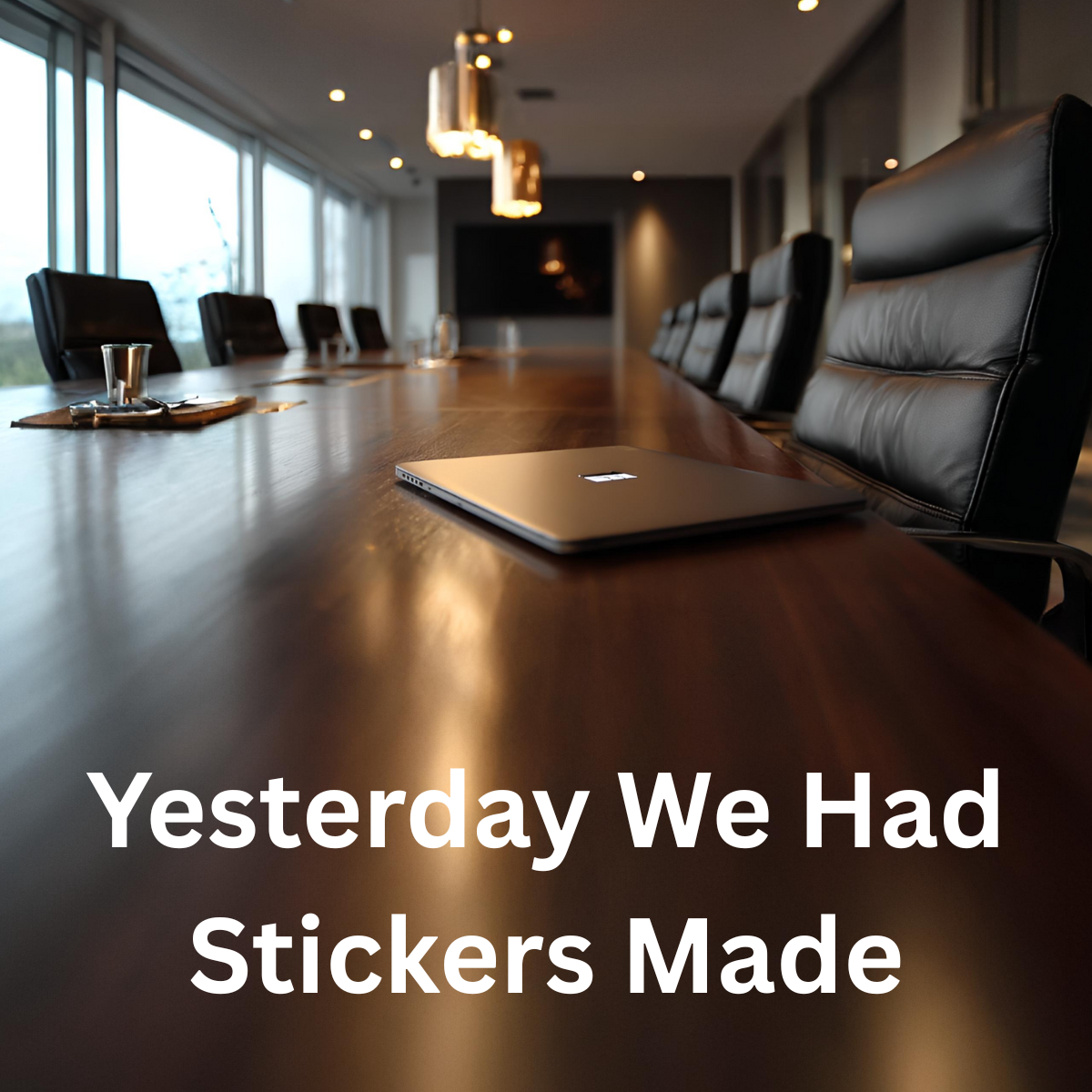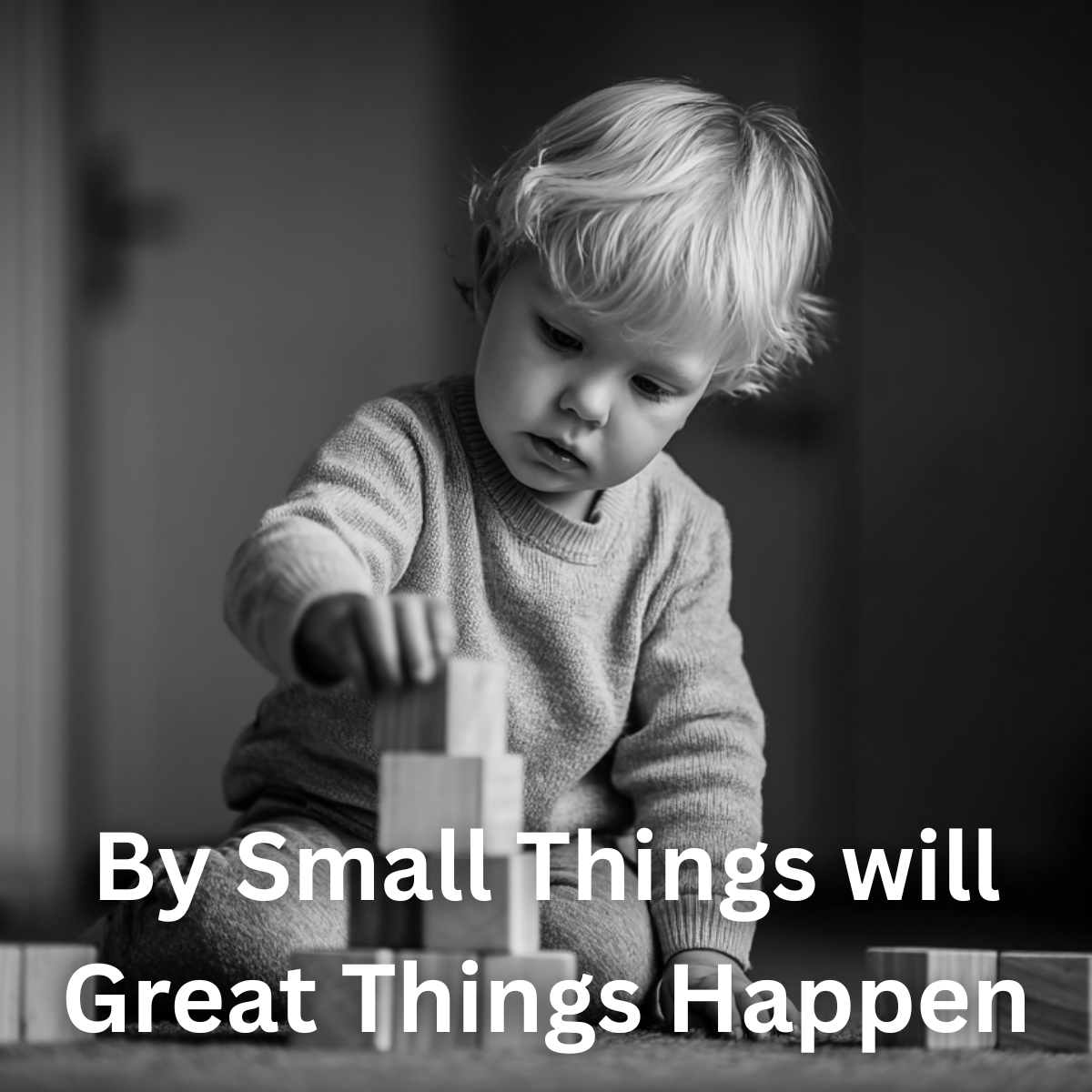If you’ve ever worked in a startup, you know this moment. Someone rips open a little box and out spills a pile of glossy emblems. A few minutes later, we’re smoothing our logo onto aluminum lids and water bottles. It’s a small ritual, but it lands with a thud: we just put our mark into the world. We didn’t just make something. We named it, pictured it, and now we’re carrying it around.
The Power of a Symbol
A symbol is a shortcut to shared meaning. It’s a handle we can grip together. Long before we can explain a mission, we can point to a mark. That’s why a good symbol feels outsized compared to its physical footprint. It’s a tiny door into a very large room.
The French thinker Jean Baudrillard used the word simulacra to describe signs that don’t just represent reality, but begin to replace it. In modern life, the image can become the thing, the map that people navigate by when the terrain is too complex. A logo is not a company, but it can become the company’s face, its proxy. People will respond to the mark as if they know the whole story behind it. Often, they don’t; they’re responding to what the symbol has absorbed: our language, our behavior, our promises, our failures, their hopes.
That power cuts both ways.
A Hard Lesson in Misused Meaning
The swastika is one of history’s starkest warnings. Once a symbol with ancient, varied, and often benign meanings across cultures, it was seized and weaponized by 1930s German politics into the emblem of a murderous ideology. Today it is indelibly stained by that history. The lesson isn’t pedantic; it is practical: symbols can gather meaning fast, shed it slowly, and carry it forward for generations. We should never underestimate what a symbol can do, for good or for harm, simply by circulating.
Symbol-Using and Misusing Animals
Kenneth Burke famously called humans “the symbol-using (and misusing) animal.” We don’t just describe with symbols; we decide with them. We organize teams and movements, draw boundaries, and allocate trust using marks and words that feel objective because they’re visible. When we misuse symbols, sloppy language, careless marks, manipulative imagery, we don’t just confuse people; we change what they believe is real.
Why Symbols Work
- Encapsulation. A strong symbol compresses narrative, values, and emotion into something glanceable. You don’t need the paragraph when the emblem carries the paragraph’s effect.
- Emotion before explanation. We’re fast, not just rational. A symbol hits the feelings first and asks the intellect to catch up.
- Belonging. Symbols make in-groups legible. A sticker on a laptop says, “This is my tribe.”
- Memory. Images stick. We forget sentences, we remember shapes.
This is why certain logos feel like they’ve always existed. The Nike swoosh, Apple’s bitten apple, the three-pointed star on a hood. These aren’t just drawings; they’re commitments that were kept, over time, until the drawing meant the commitment.
Why Founders Wrestle with Logos
Founders agonize over logos because, at some level, we grasp their potential gravity. We sense that we’re not choosing a picture; we’re choosing a container that could one day carry our reputation, our customers’ trust, our team’s pride. We argue about the curve of a letter because we’re pre-arguing the future, trying to make room for a story we haven’t lived yet.
And yet, there’s mercy in the process: symbols accrue meaning through use. The right mark won’t save a hollow company, and an imperfect mark won’t sink a good one. The work is to act in ways that deserve the meaning we hope the symbol will one day hold.
Brands We Inherit, Brands We Choose
My family has a cattle brand. Once, it was a function: free-range meant real risk of theft, and the brand settled the question of “whose is whose.” That iron did practical work in a rough world. Today, our brand hangs bolted to a wall. We also have a family crest, a decorative remnant that once organized lineage. Both marks are now largely inert, symbols of symbols. They remind me that meaning can fade when the purpose ends.
Meanwhile, we adopt other symbols, a flag on a porch, a team’s colors, a charity’s pin, a company’s new sticker, and we give them fresh significance by how we live with them. It makes me wonder: do we take as much care with the symbols we casually accumulate, the ones that shape our daily choices, as we did with our company logo?
Using the Tool Well
So what do we do with this power?
- Choose with care. Pick symbols that can grow with you. Simplicity ages well.
- Earn the meaning. Live a pattern beneath the mark. The logo’s job is recall; integrity gives it content.
- Protect the edges. Be precise about how the symbol appears and where. Consistency is a promise kept in public.
- Teach the story. Tell people, often, what the mark stands for, internally and externally.
- Audit your symbols. Personal and corporate. What’s on your laptop, your homepage, your office wall? Are those marks still telling the truth you want told?
Yesterday, we put our sticker on our laptops. It felt small and big at the same time, like tacking a flag to a mast you’re still building. That’s the paradox of symbols: a simple shape that can hold a future we haven’t fully lived into. If we do our jobs well, one day that little mark will mean far more than we could have crammed into a brand guide. It will mean the people who carried it, the customers who trusted it, and the work that made it worth believing in.




